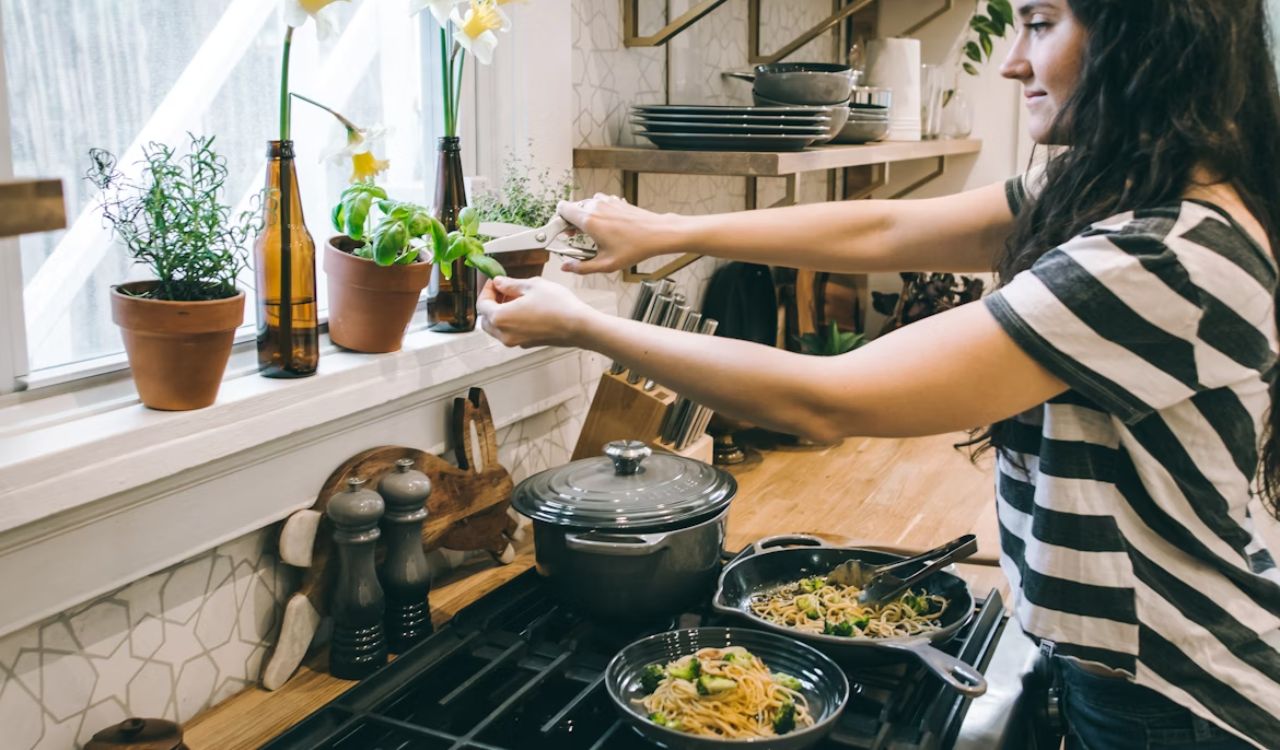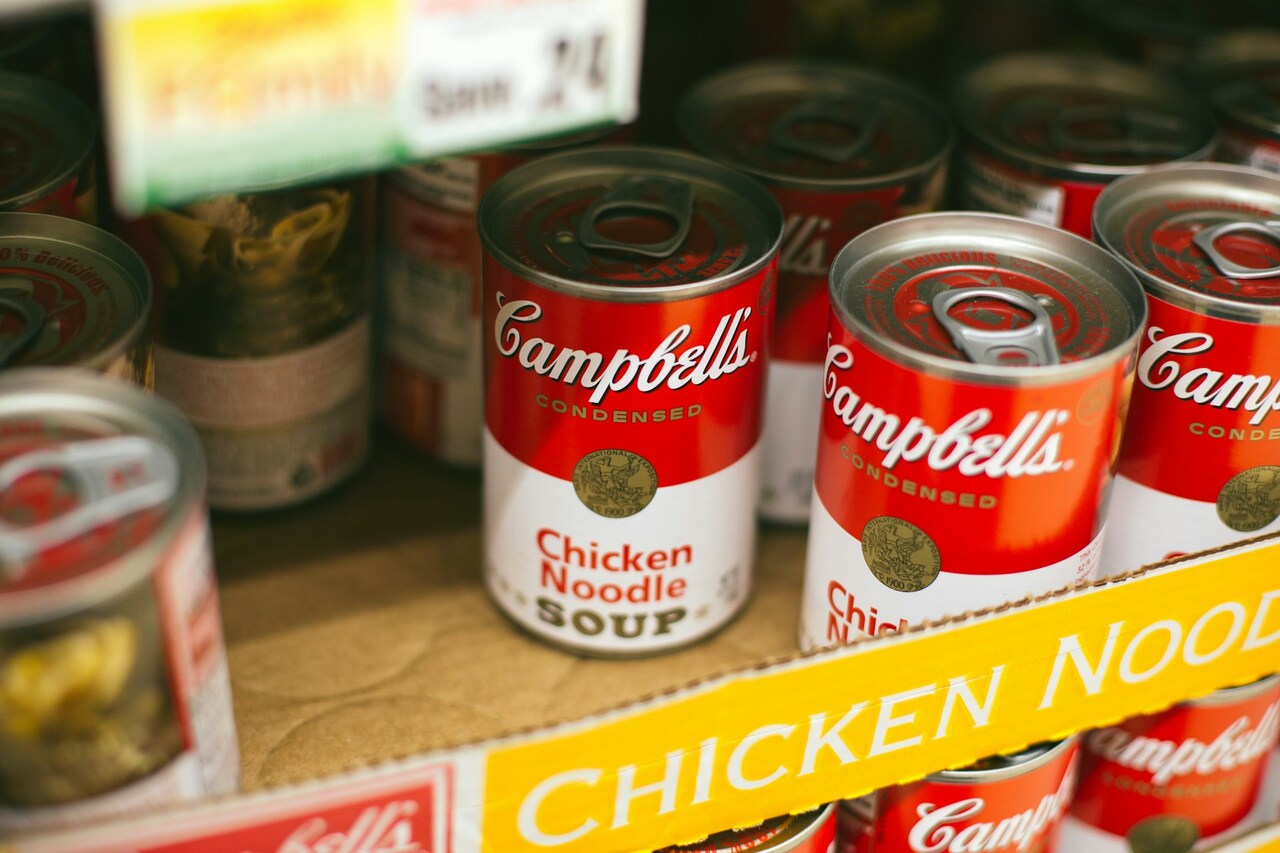10 Easy Fixes To Stop Your Casserole From Getting Watery
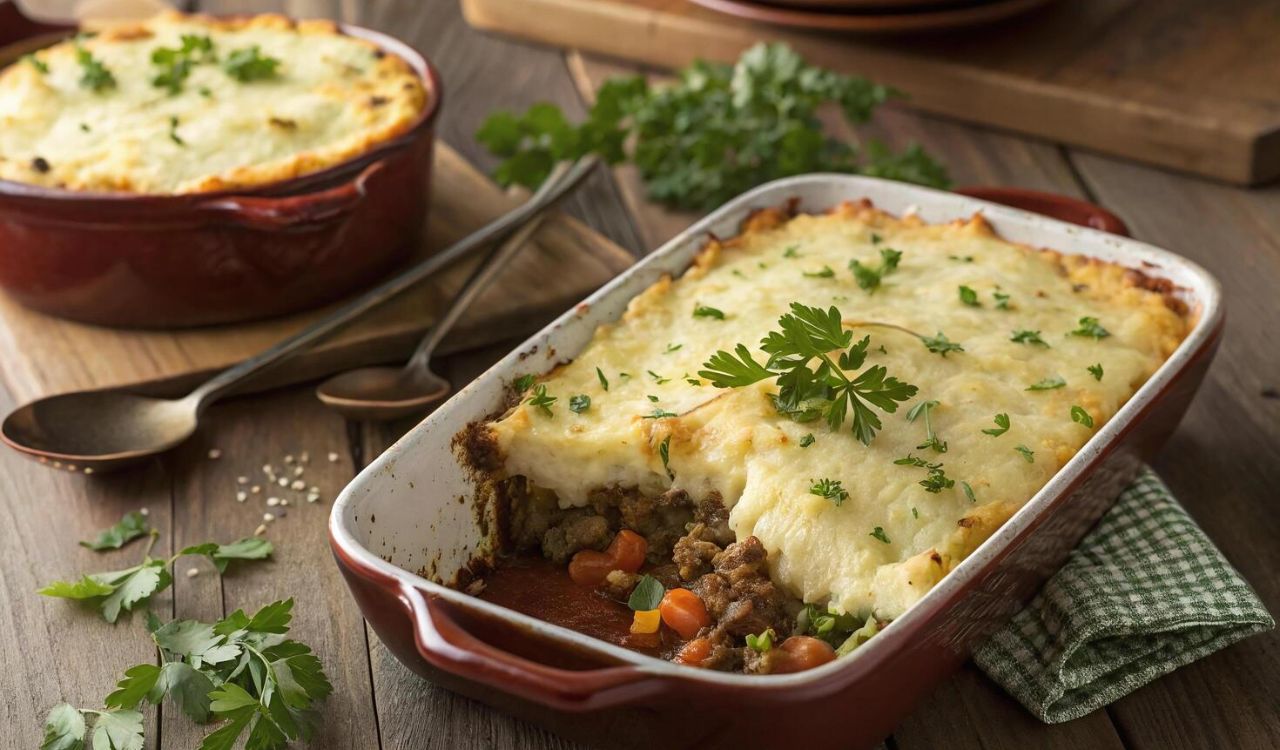
A good casserole should be hearty, creamy, and satisfying, not runny or soupy. Yet many home cooks face the frustration of pulling a watery dish out of the oven. The good news is that simple adjustments can make a big difference. Whether the problem is too much liquid in your ingredients, not enough thickening agents, or improper cooking methods, there are proven solutions. By focusing on preparation and balance, you can prevent excess moisture while keeping your casserole flavorful. Here are 10 easy fixes to make sure your next bake turns out perfect every time.
1. Drain Vegetables Thoroughly
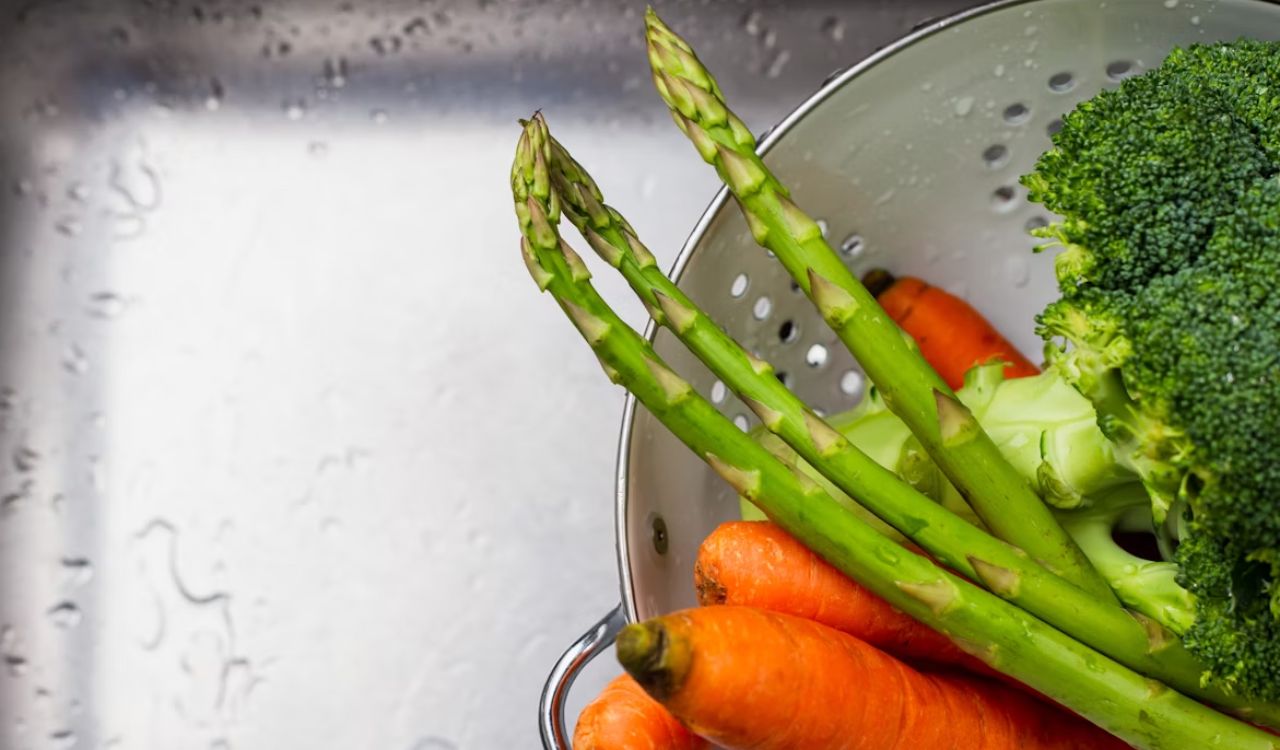
Many vegetables release water as they cook, which can leave a casserole thin and soupy. To prevent this, sauté or roast vegetables like zucchini, mushrooms, or spinach before adding them, and then drain off any liquid. For leafy greens, squeezing or blotting them with paper towels removes excess moisture. This step concentrates flavor and keeps sauces from becoming diluted. By pre-cooking and drying vegetables, you create a firmer base that blends more smoothly with other ingredients, ensuring your casserole holds together beautifully.
2. Cook Pasta and Rice Until Just Done
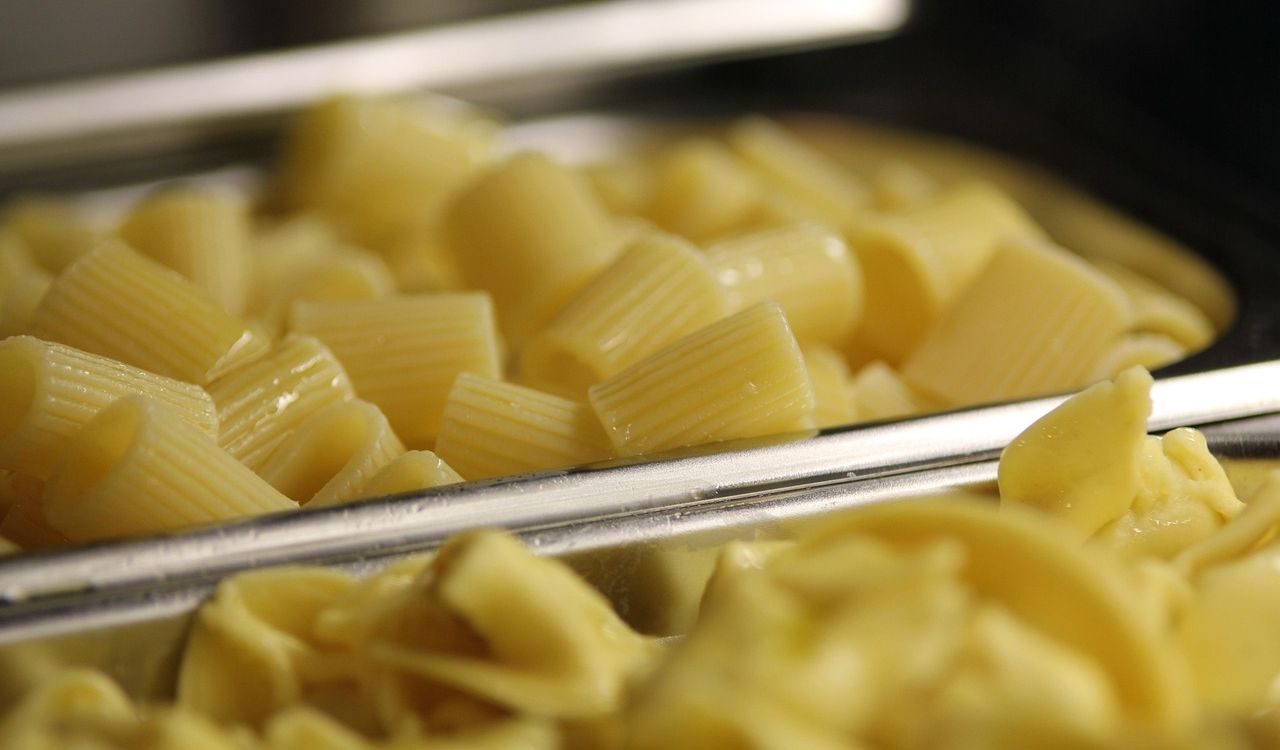
If your casserole calls for pasta or rice, slightly undercooking them before baking is essential. Grains and noodles continue to absorb liquid in the oven, so starting with fully cooked versions can make them mushy and add extra water to the dish. Cooking them just shy of al dente ensures they finish in the casserole without releasing starch that thins the sauce. Drain them well before adding. This technique preserves the texture of the grains while keeping sauces thick and flavorful instead of watered down.
3. Use Thick Sauces from the Start

Thin sauces are one of the biggest culprits in watery casseroles. To prevent this, begin with a sauce that already has body. A béchamel, a cream base thickened with flour or cornstarch, or a reduced tomato sauce works well. If your recipe calls for broth or milk, simmer it until concentrated before adding it in. The goal is a sauce that clings to the spoon, so it will stay rich and smooth during baking. Starting thick means your casserole will emerge creamy, not soupy, after the oven.
4. Layer Ingredients Strategically

The order in which you assemble ingredients can determine whether liquid pools at the bottom or the dish bakes evenly. Place sturdier items such as grains, beans, or proteins at the bottom and add higher-moisture ingredients like tomatoes or vegetables toward the top. Cheese in the middle and on top helps absorb liquid while adding richness. This approach prevents soggy layers and ensures each bite is balanced in flavor and texture. Smart layering is especially helpful in lasagnas and vegetable bakes.
5. Add a Binder Ingredient
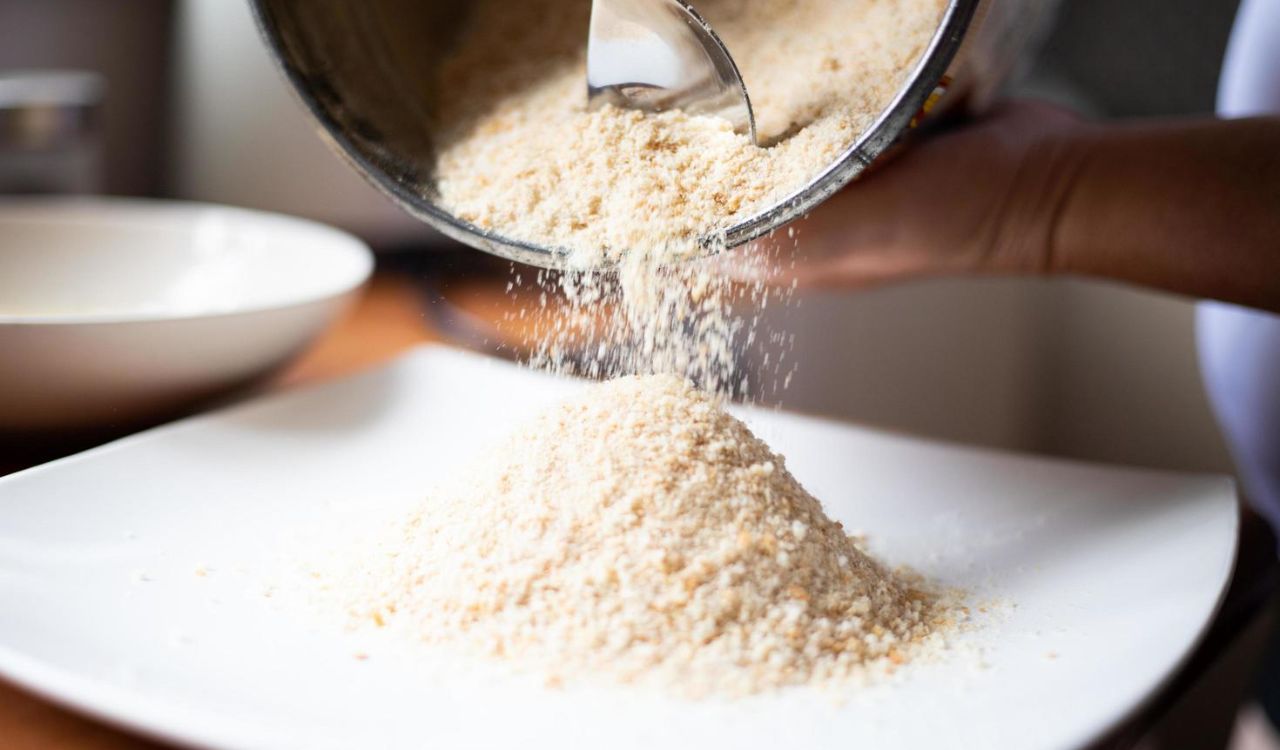
Binders help hold casseroles together and reduce excess liquid. Ingredients like eggs, bread crumbs, or shredded cheese all work well. Eggs firm up when baked, creating structure. Bread crumbs soak up moisture while adding subtle flavor and texture. Cheese ties ingredients together, though it should be used in moderation to prevent excess oil. By mixing in a binder, you transform a loose mixture into a sliceable dish that cuts cleanly instead of spilling into the pan.
6. Avoid Too Much Liquid Dairy

While milk, cream, or sour cream enriches casseroles, too much can thin them out. Instead, focus on concentrated options like evaporated milk, condensed cream soups, or Greek yogurt, which provide body without excess water. When using cheese, choose varieties that melt smoothly without releasing too much oil. Dairy should enhance flavor and creaminess, not drown the dish. Balancing these ingredients ensures a casserole that is moist but firm, creamy without being runny, and consistently flavorful from edge to center.
7. Let the Casserole Rest Before Serving

It is tempting to scoop into a casserole right away, but patience pays off. Letting it rest for at least 10 minutes allows ingredients to settle and excess moisture to redistribute. This pause helps the dish firm up so you can serve neat slices instead of a collapsing mess. Resting also improves flavor, giving seasonings and sauces time to meld together. Think of it as the finishing step in baking, ensuring your casserole tastes and looks its best when it reaches the table.
8. Bake Uncovered When Possible

Covering a casserole with foil traps steam, which can make it watery. Unless your recipe requires covering to prevent burning, bake uncovered to allow moisture to escape. This not only keeps the interior firm but also helps toppings like cheese or breadcrumbs crisp up into a golden crust. If you are worried about over-browning, cover loosely at the start and remove the foil during the final 15 to 20 minutes. This balance prevents sogginess while still protecting delicate toppings.
9. Balance Sauces and Fillings
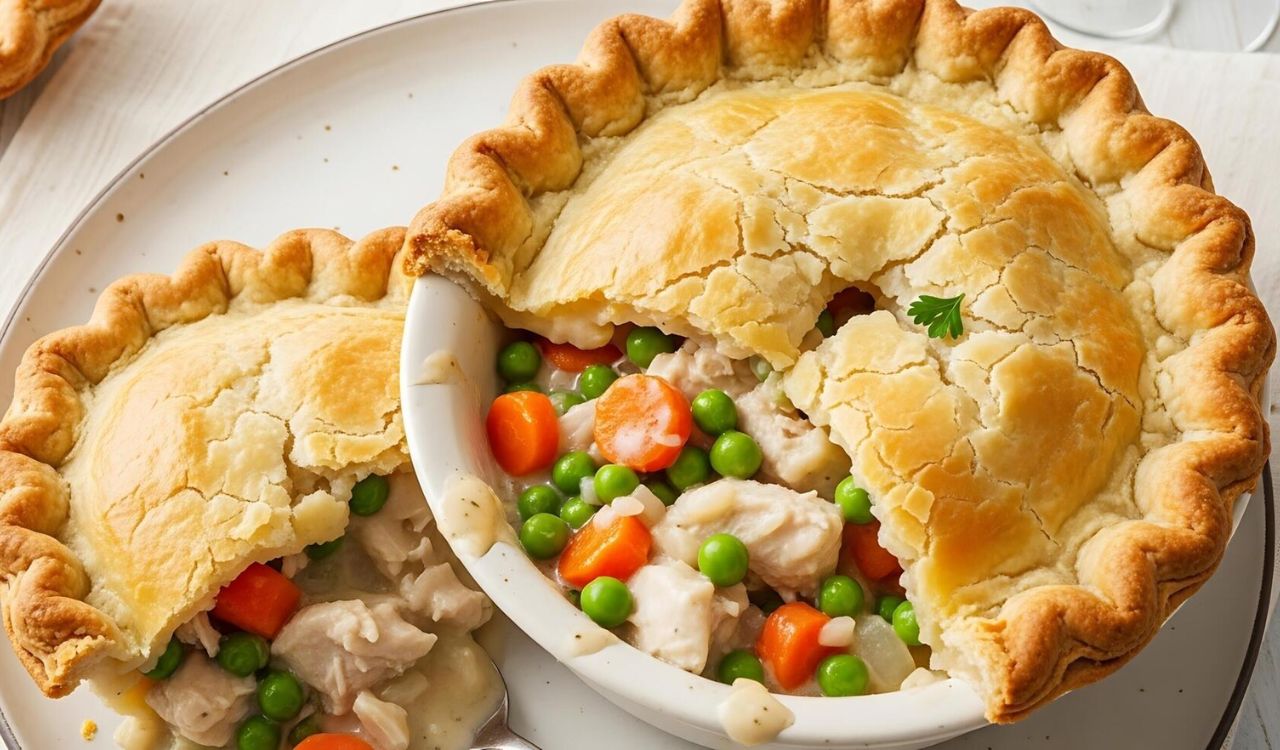
A watery casserole often comes from too much sauce compared to solid ingredients. Adjust by adding more starches like rice, pasta, or potatoes, or reduce the liquid portion before baking. The goal is harmony, where the sauce coats the ingredients instead of overwhelming them. Testing the mix before it goes in the oven helps avoid disappointment later. A well-balanced casserole bakes evenly, holds its shape on the plate, and delivers the hearty satisfaction people expect from this dish.
10. Use the Right Bakeware
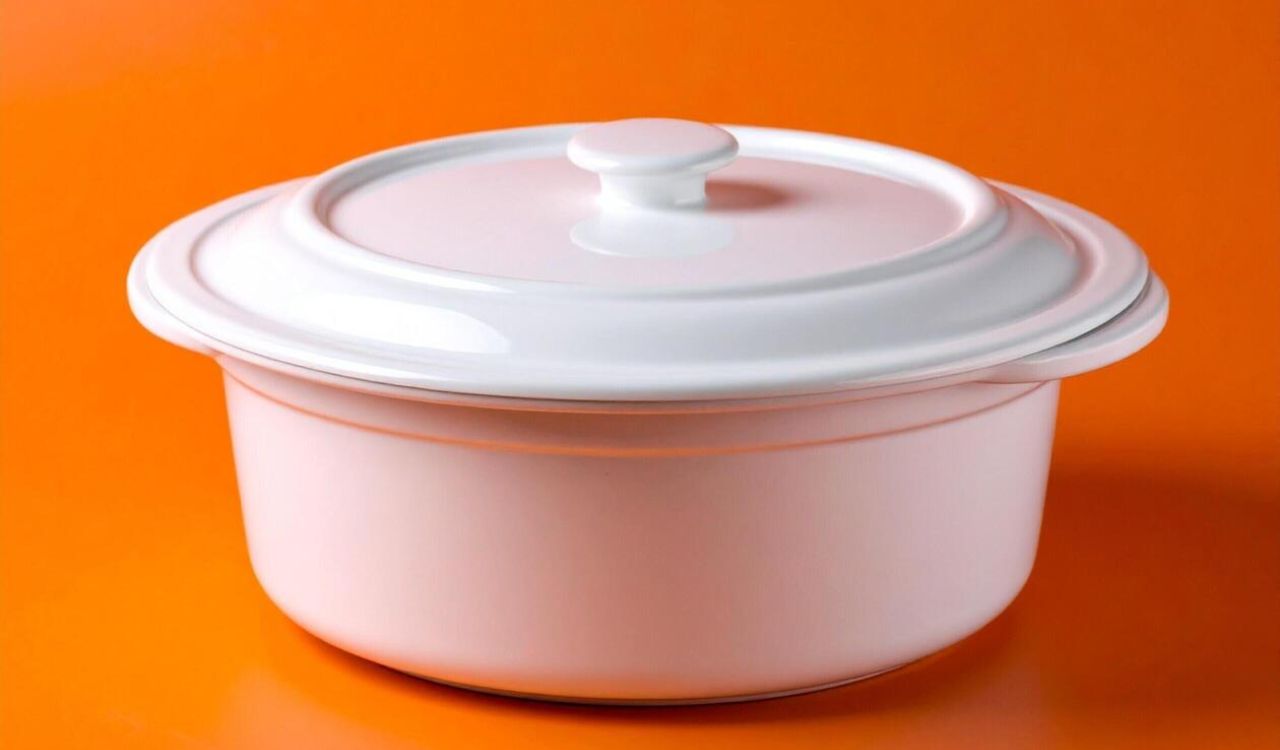
The bakeware you choose can make or break your casserole. Shallow, wide pans allow liquid to evaporate, while deep dishes can trap moisture. Glass and ceramic pans distribute heat evenly and encourage sauces to thicken, while metal pans heat faster, creating crisp edges. Matching the pan to the recipe ensures proper cooking and consistency. With the right dish, your casserole will not only bake more evenly but also avoid the watery results that can ruin an otherwise delicious meal.






